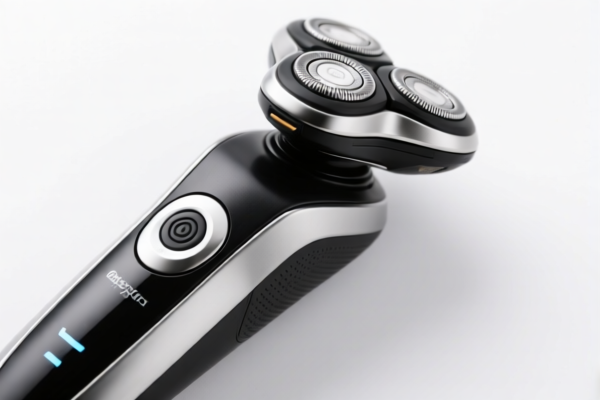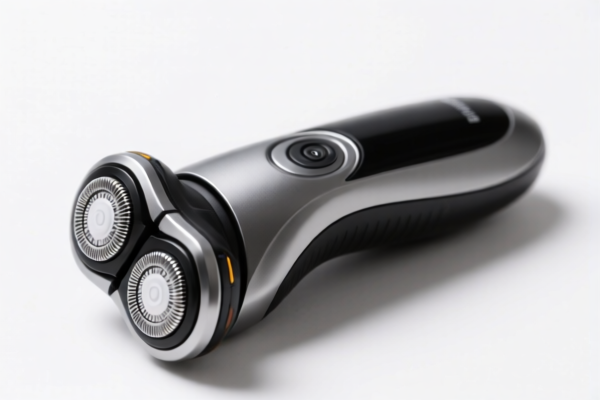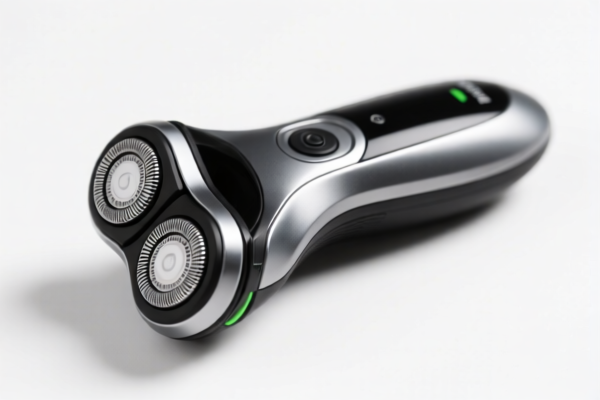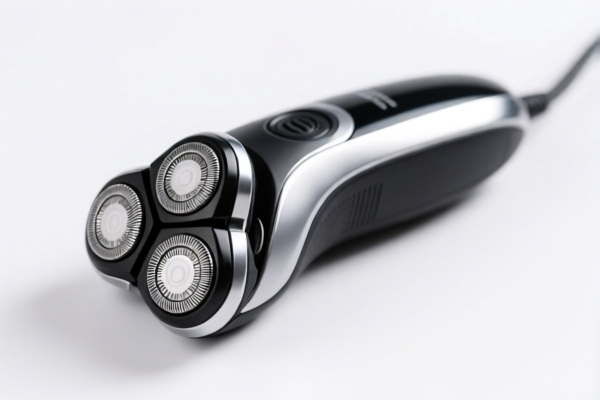| HS Code | Official Doc | Tariff Rate | Origin | Destination | Effective Date |
|---|---|---|---|---|---|
| 8206000000 | Doc | The rate of duty applicable to that article in the set subject t+30.0% | CN | US | 2025-05-12 |
| 8203406000 | Doc | 58.3% | CN | US | 2025-05-12 |
| 8472904000 | Doc | 30.0% | CN | US | 2025-05-12 |
| 8473509000 | Doc | 55.0% | CN | US | 2025-05-12 |
| 8473506000 | Doc | 55.0% | CN | US | 2025-05-12 |
| 8467290090 | Doc | 37.5% | CN | US | 2025-05-12 |
| 8467895090 | Doc | 37.5% | CN | US | 2025-05-12 |
| 8543708000 | Doc | 55.0% | CN | US | 2025-05-12 |




Electric Sharpener
An electric sharpener is a powered device designed to quickly and efficiently sharpen bladed tools, most commonly pencils, knives, and other small cutting implements.
Materials
Electric sharpeners utilize a variety of materials in their construction:
- Housing: Typically constructed from plastic (ABS, polypropylene) for lightweight durability, or metal for increased robustness and stability.
- Cutting Mechanism: Features hardened steel blades or abrasive wheels (aluminum oxide, silicon carbide) responsible for removing material from the blade. Some models employ diamond-coated abrasive surfaces for sharpening harder steels.
- Motor: An electric motor provides the rotational force to drive the sharpening element. Motor power varies based on intended use, ranging from low-power models for pencils to higher-power motors for knives.
- Internal Components: Gears, switches, and wiring complete the functionality.
Purpose
The primary purpose of an electric sharpener is to restore a sharp edge to dull blades, improving their cutting performance. This is achieved by controlled removal of material along the blade's bevel.
Function
Electric sharpeners function through a rotary cutting action. The blade is inserted into the device, engaging with the rotating sharpening element. The motor spins the element at high speed, removing material and creating a new, sharper edge. Many models feature automatic feed mechanisms that stop when the desired sharpness is achieved. Waste material (sharpened metal or wood) is collected in a receptacle.
Usage Scenarios
- Home/Office: Pencil sharpeners are common in schools, offices, and homes for maintaining pencil points.
- Kitchen: Knife sharpeners are used to keep kitchen knives sharp for efficient food preparation.
- Workshop/Crafts: Sharpeners are used to maintain the edges of chisels, carving tools, and other small blades.
- Art/Drafting: Artists and draftsmen use sharpeners to maintain the fine points of colored pencils and graphite pencils.
Common Types
- Pencil Sharpeners:
- Standard Electric Pencil Sharpeners: Designed for standard sized pencils, often featuring automatic feed.
- Heavy-Duty Pencil Sharpeners: Capable of sharpening a larger volume of pencils and handling broken leads more effectively.
- Long Point Pencil Sharpeners: Designed for longer pencils, often used by artists.
- Knife Sharpeners:
- Two-Stage Knife Sharpeners: Utilize coarse and fine abrasive wheels for initial shaping and then polishing the blade.
- Three-Stage Knife Sharpeners: Add a third stage for refining the edge and removing burrs.
- Belt Knife Sharpeners: Employ abrasive belts for sharpening and polishing.
- Pull-Through Knife Sharpeners: Feature pre-angled slots for easy sharpening, often with multiple stages.
- Multi-Tool Sharpeners: Designed to sharpen a variety of blades, including knives, scissors, and small tools.
- Rotary Tool Sharpeners: Attachments for rotary tools (e.g., Dremel) that allow for precise sharpening of various blades.
Electric sharpeners fall under tools for working in the hand, pneumatic, hydraulic or with self-contained electric or nonelectric motor, and parts thereof. Based on the provided information, the following HS codes are relevant:
- 8467290090: Tools for working in the hand, pneumatic, hydraulic or with self-contained electric motor, and parts thereof; With self-contained electric motor; Other. This HS code covers electric sharpeners that operate with their own integrated electric motor. The first two digits (84) indicate Chapter 84, which covers nuclear reactors, boilers, machinery and mechanical appliances. The next two digits (67) specify Heading 8467, relating to tools for working in the hand. The final digits (290090) further define the subheading as other tools with self-contained electric motors.
- 8472904000: Other office machines (for example, hectograph or stencil duplicating machines, addressing machines, automatic banknote dispensers, coin-sorting machines, coin-counting or wrapping machines, pencil-sharpening machines, perforating or stapling machines); Other; Pencil sharpeners. This HS code specifically covers pencil sharpeners, which would include electric pencil sharpeners categorized as office machines. The first two digits (84) indicate Chapter 84, covering nuclear reactors, boilers, machinery and mechanical appliances. The next two digits (72) specify Heading 8472, relating to other office machines. The final digits (904000) further define the subheading as other office machines, specifically pencil sharpeners.
- 8467895090: Tools for working in the hand, pneumatic, hydraulic or with self-contained electric or nonelectric motor, and parts thereof; Other tools; Other; Other. This HS code covers other tools for working in the hand, pneumatic, hydraulic or with self-contained electric or nonelectric motor, and parts thereof. The first two digits (84) indicate Chapter 84, covering nuclear reactors, boilers, machinery and mechanical appliances. The next two digits (67) specify Heading 8467, relating to tools for working in the hand. The final digits (895090) further define the subheading as other tools.
Regarding HS code 8472904000, please note that this code specifically applies to pencil sharpeners, and may require verification of the product's function as a pencil sharpener.
Customer Reviews
No reviews yet.